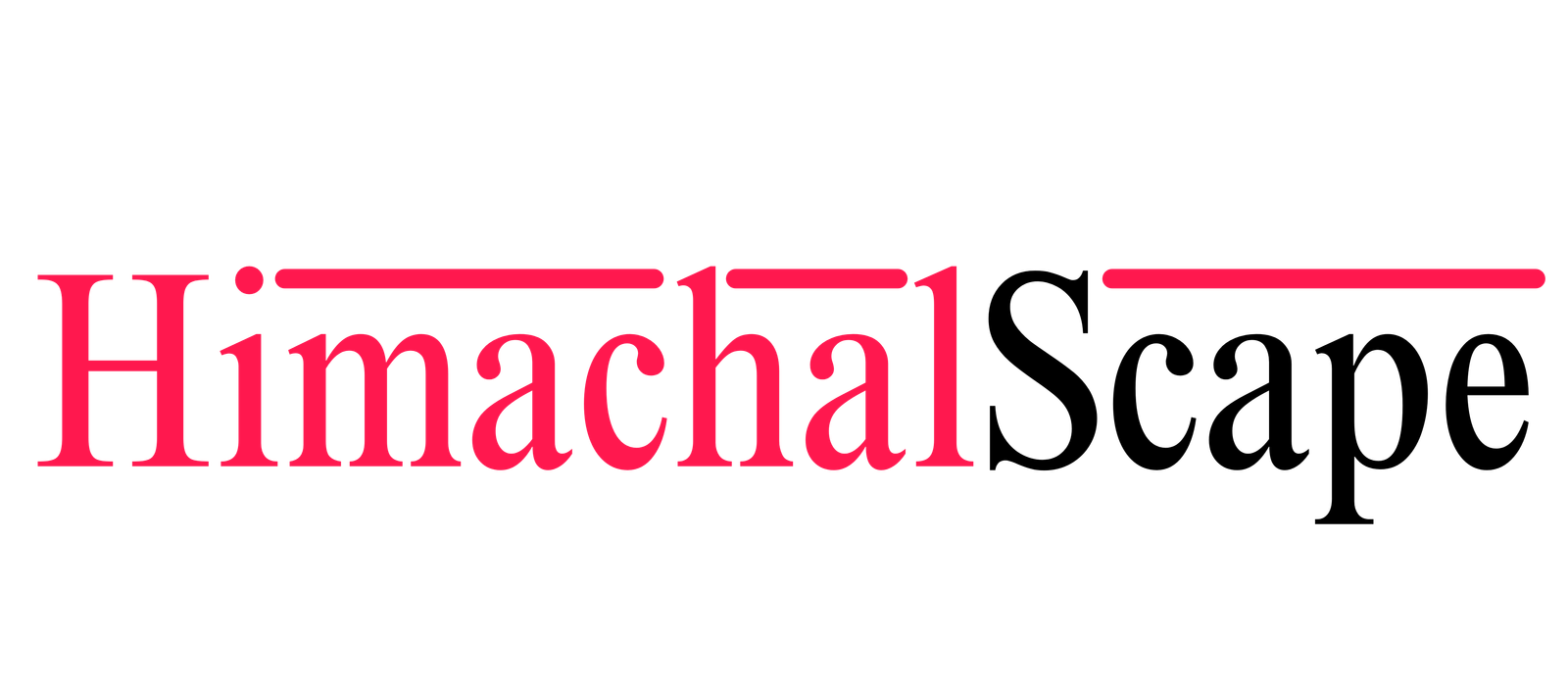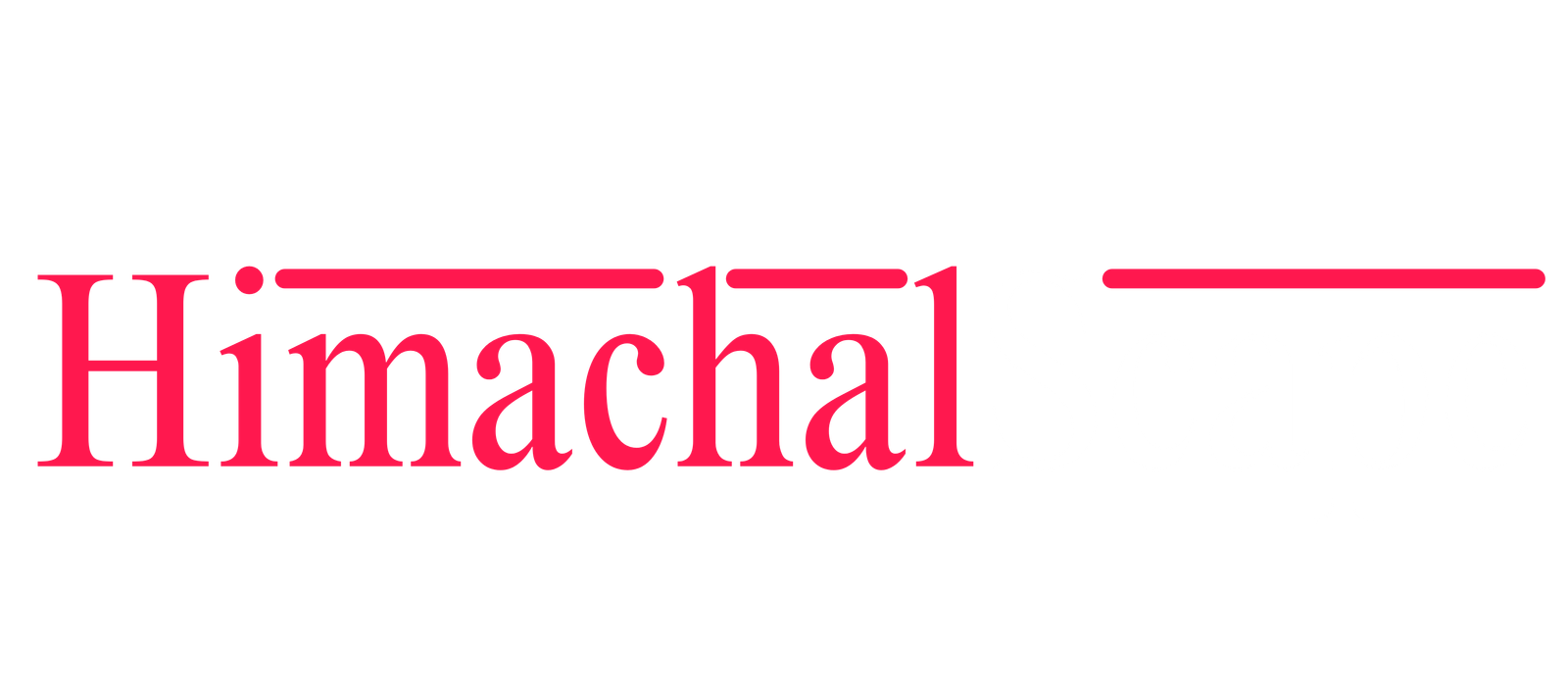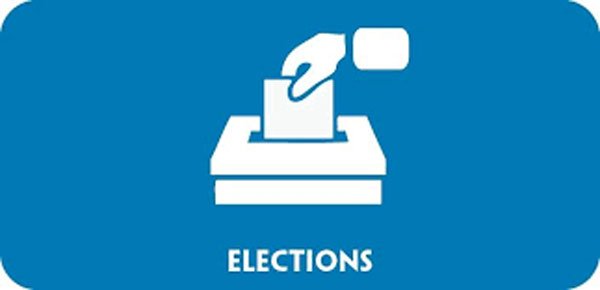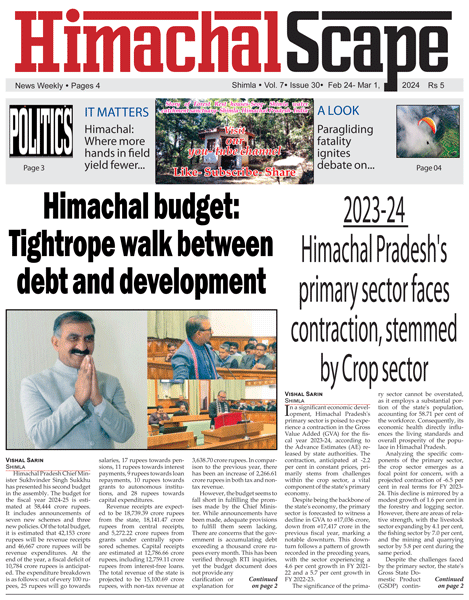Shimla, Feb 24
The upcoming Rajya Sabha (RS) elections in India have unveiled a diverse range of profiles among the 56 candidates vying for seats. Analysing their affidavits, submitted the Association for Democratic Reforms (ADR), paints a fascinating picture of their wealth, debt, educational backgrounds, and age demographics. As per the ADR the race for the Rajya Sabha seats witnesses a stark contrast in terms of wealth. Leading the pack is Congress’s Abhishek Manu Singhvi, who stands tall with a whopping Rs 1872 crore in assets, dwarfing his competitors. On the other end of the spectrum lies BJP’s Balayogi Umesh Nath, holding assets worth a mere Rs 47 lakh, highlighting the significant disparity in financial standing among the candidates.
Support Independent Journalism Complete Your Membership
Choose Your Membership
While some candidates boost substantial assets, others carry the weight of significant debt. Jaya Bachan (Samajwadi Party) emerges as the candidate with the highest debt burden, amounting to Rs 149 crore. Following closely behind are Kupendra Reddy (JD(S)) with Rs 141 crore and Meda Raghunadha Reddy (YSRCP) with Rs 82 crore, indicating that financial liabilities are a concern for some candidates.
A cause for concern is the presence of criminal charges against a significant number of candidates. ADR’s analysis reveals that 21 out of 58 candidates face criminal charges, with 10 facing serious charges, including a case of attempted murder. This raises questions about the ethical implications of electing individuals with such legal entanglements. Notably, BJP leads the pack with criminal cases against 8 of its candidates, followed by Congress with 6 and Samajwadi Party with 2, highlighting the prevalence of criminal charges across different political parties.
The educational backgrounds of the candidates showcase a diverse spectrum of qualifications. While 46 candidates hold graduate degrees or even higher qualifications, there are 10 candidates whose educational attainment falls between class 5th to 12th. Interestingly, one candidate holds a diploma and another has declared themselves literate, indicating a varied range of educational experiences among the contenders.
The age demographics of the candidates lean towards experienced individuals. The majority (44) fall within the 51-70 year age bracket, with 9 candidates between 31-50 years old. Only 5 candidates are above 70 years old, suggesting that the upcoming Rajya Sabha might see a continuation of experienced leadership. However, a concerning aspect is the low representation of women, with only 11 candidates (19%) being female. This raises questions about the need for increased efforts to promote gender parity in Indian politics.
Noteworthy that ADR couldn’t analyze the affidavit of GC Chandrashekhar (Karnataka Congress) due to printing errors. This limitation might impact the comprehensiveness of the overall analysis.
The upcoming Rajya Sabha elections present a microcosm of Indian society, reflecting a diverse range of wealth, debt, educational backgrounds, and age demographics. However, the low representation of women remains a significant challenge for more inclusive and representative Rajya Sabha.






